I just moved into a house in Southern New Hampshire a month ago. It is a Colonial-style, bedrooms upstairs, living area main floor, 80% finished basement. There are two cords of split and stacked hardwood in the yard, and a huge Dutchwest 2462 in the basement. I downloaded the owner's manual from Vermont Castings and read it over. I'm looking for some opinions on the condition of the stove, and tips on burning this winter.
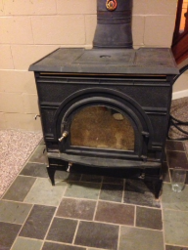
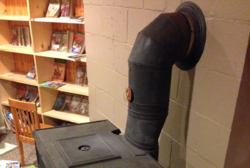
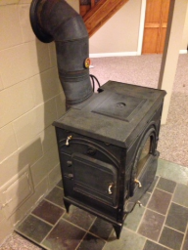
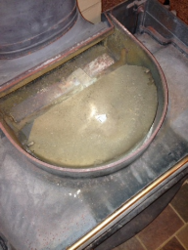
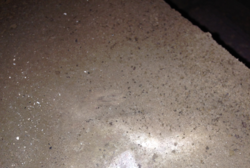
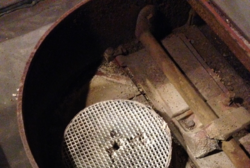
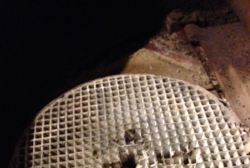
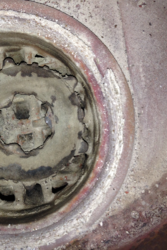
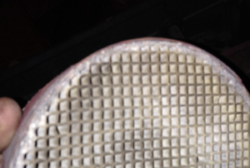









Last edited by a moderator:

